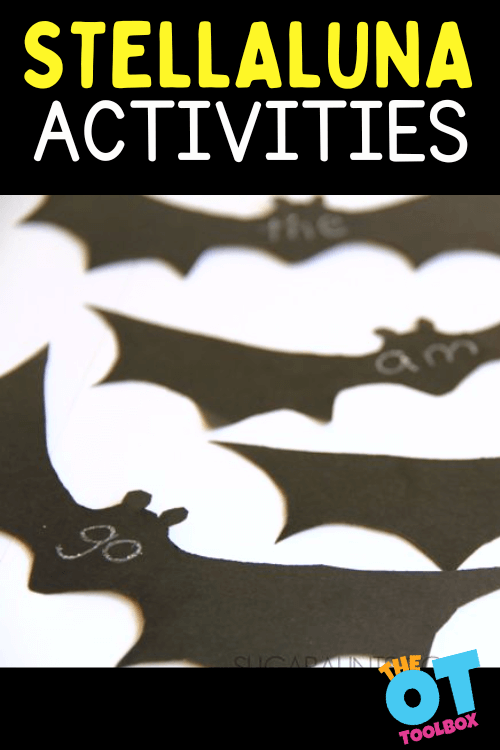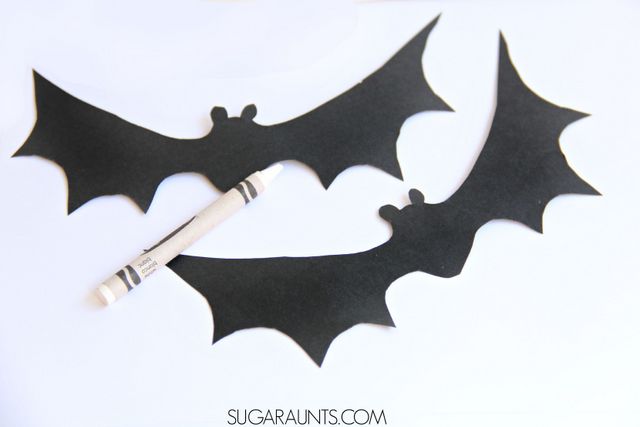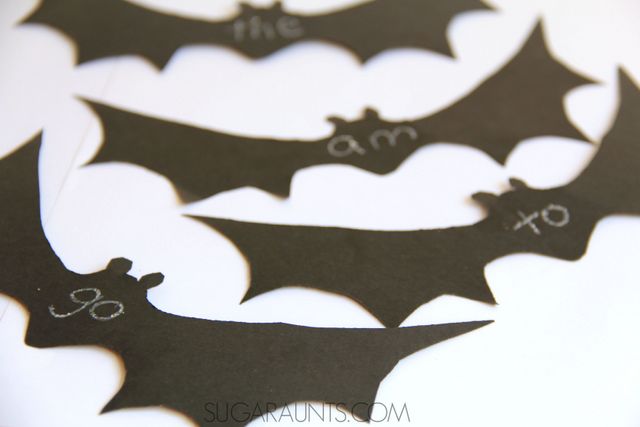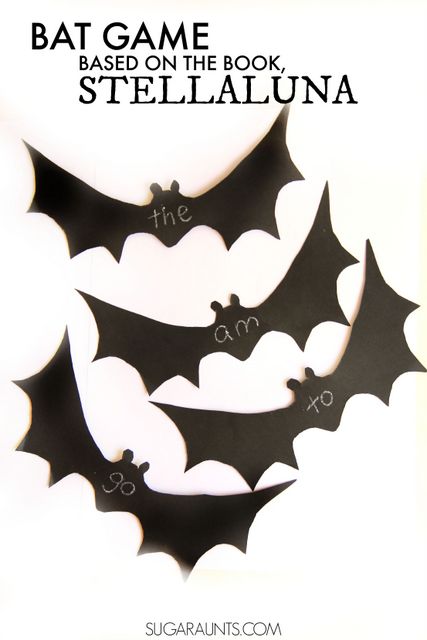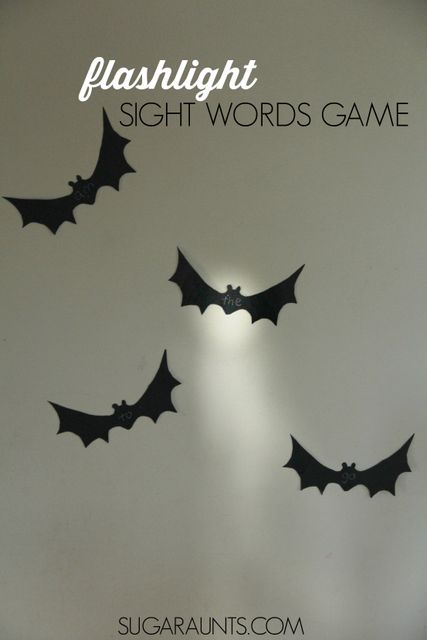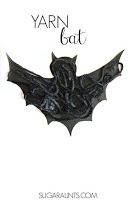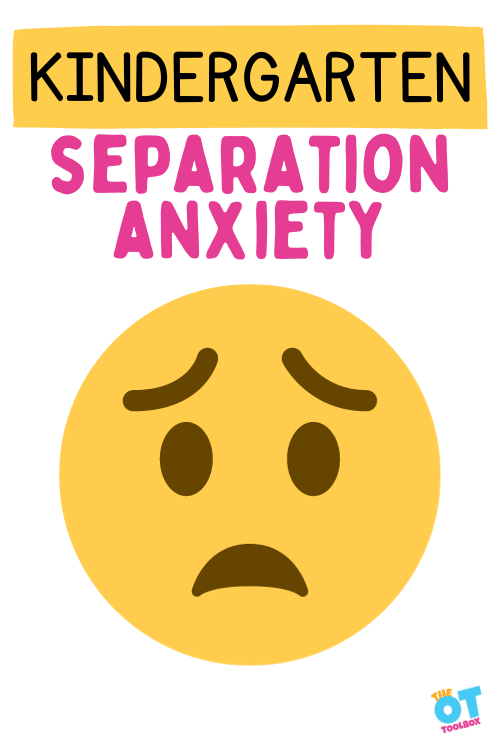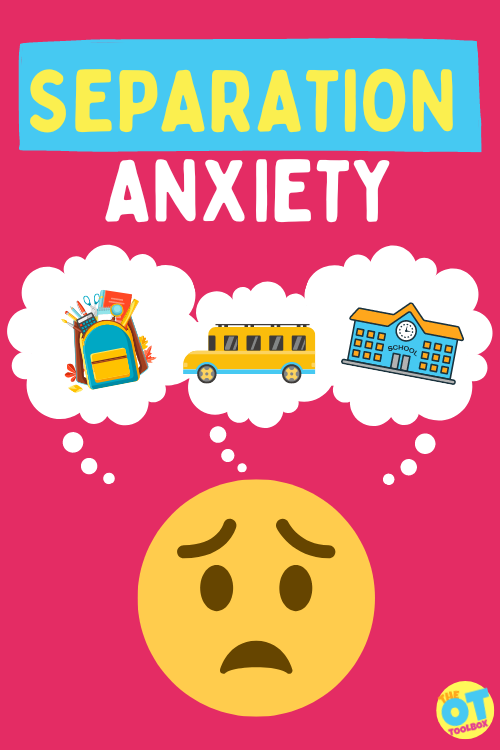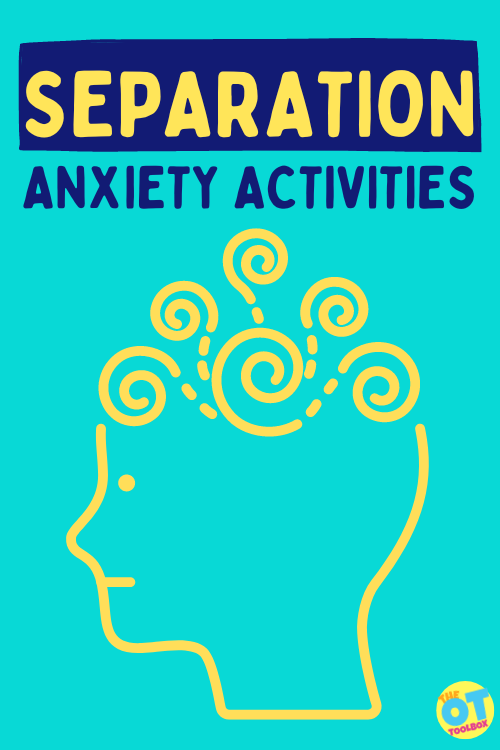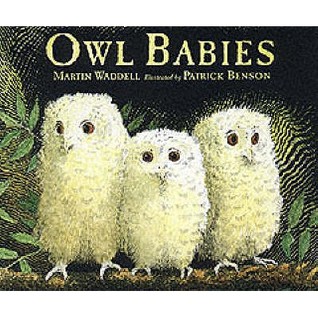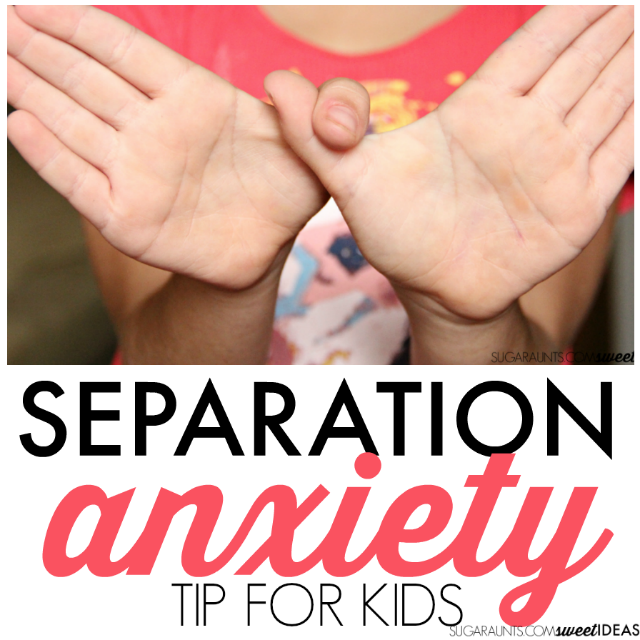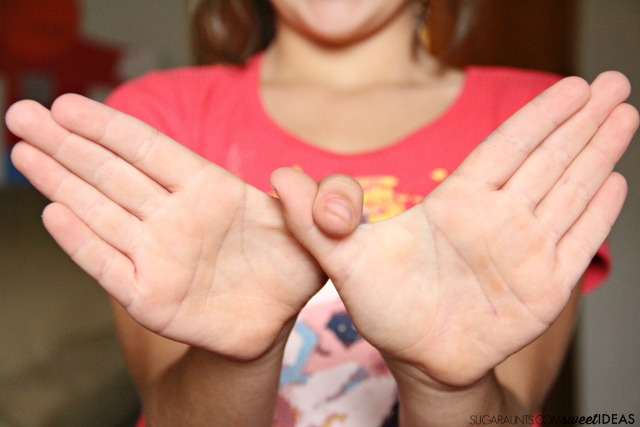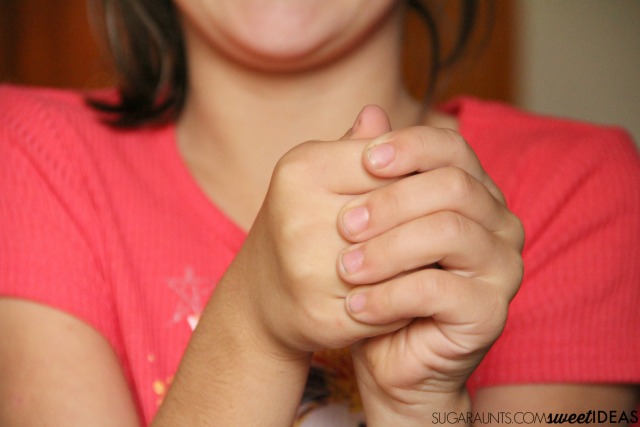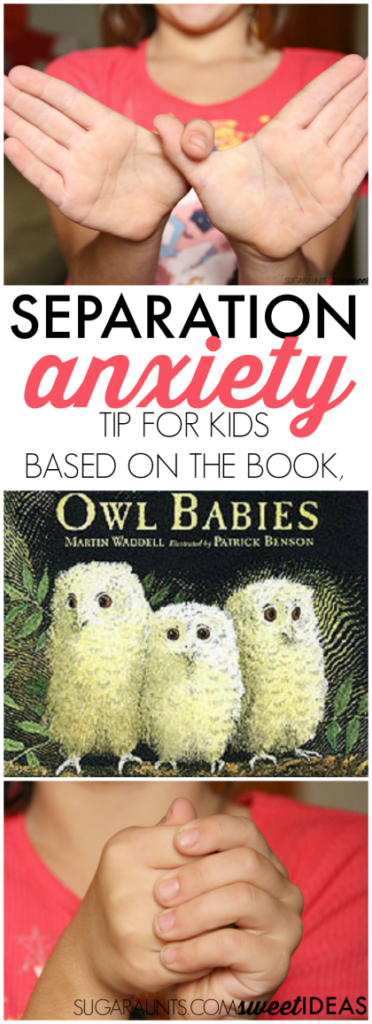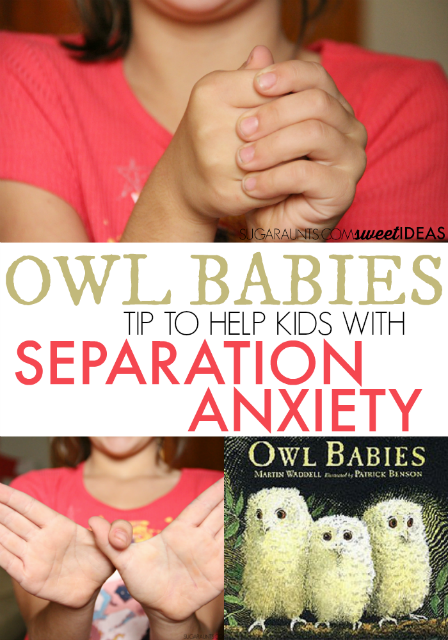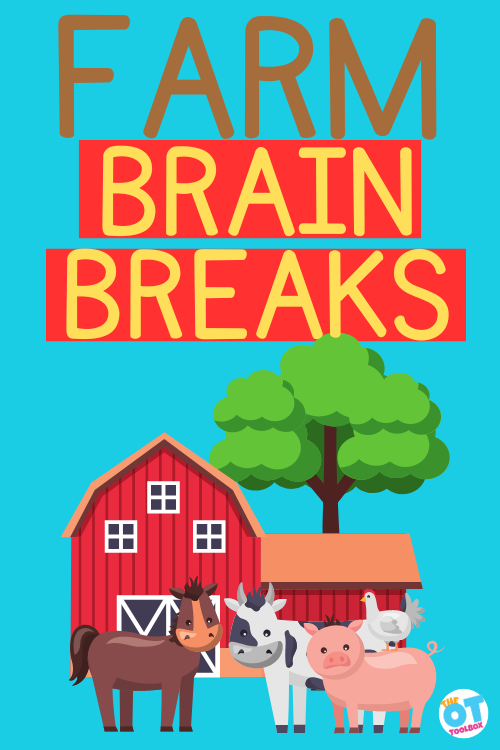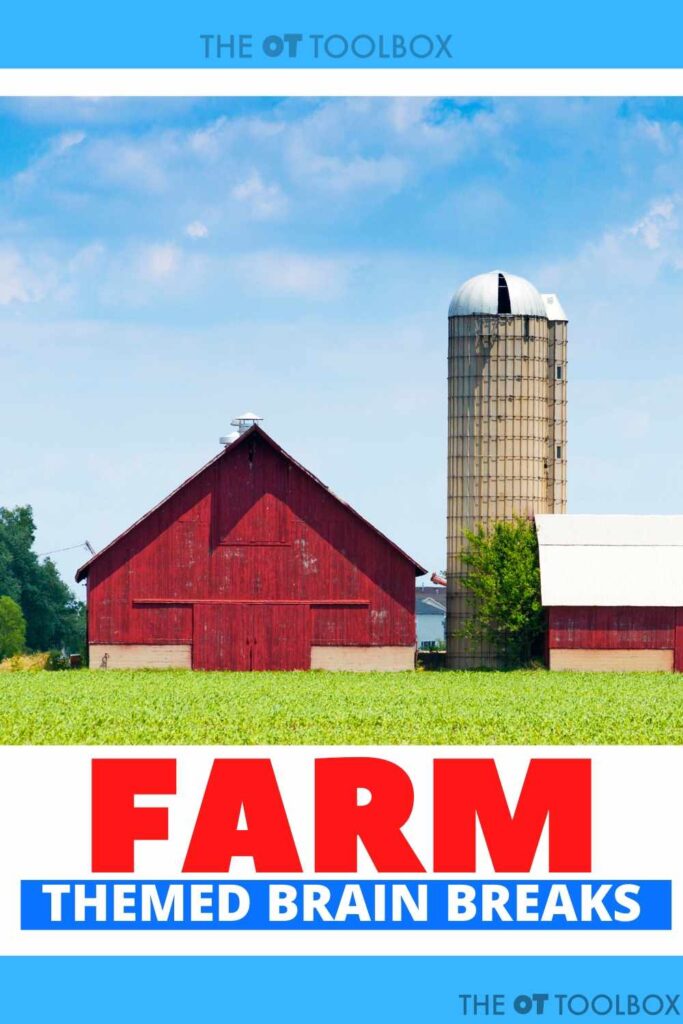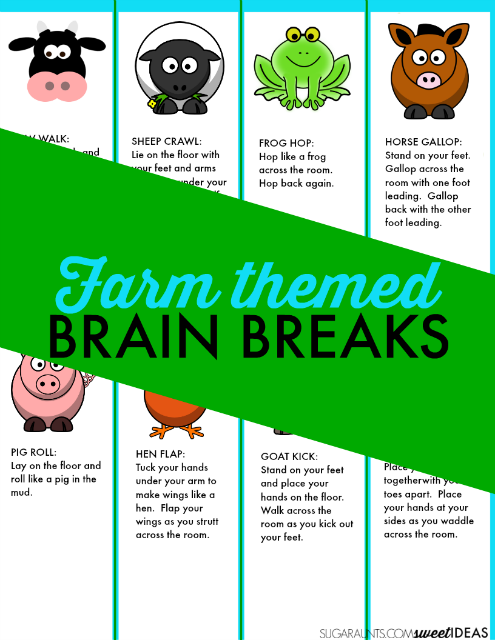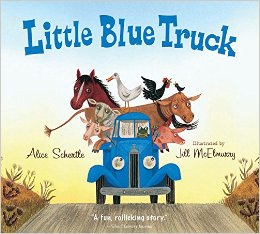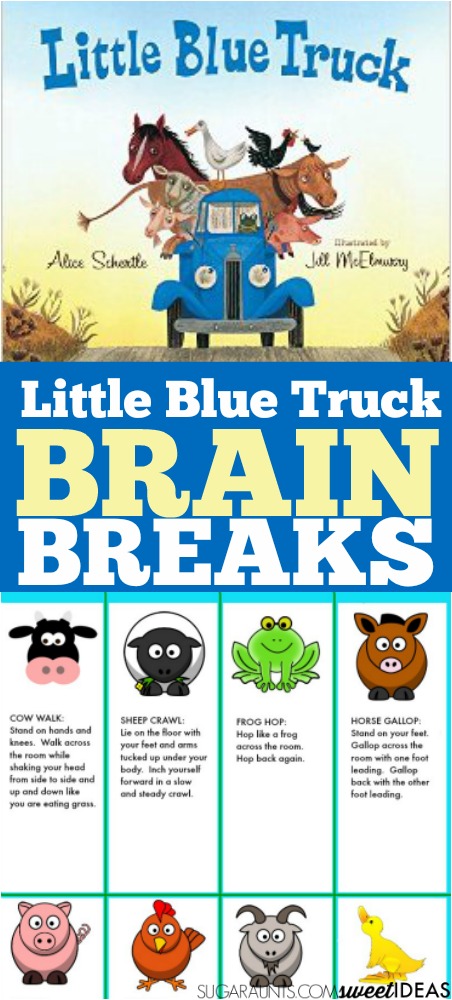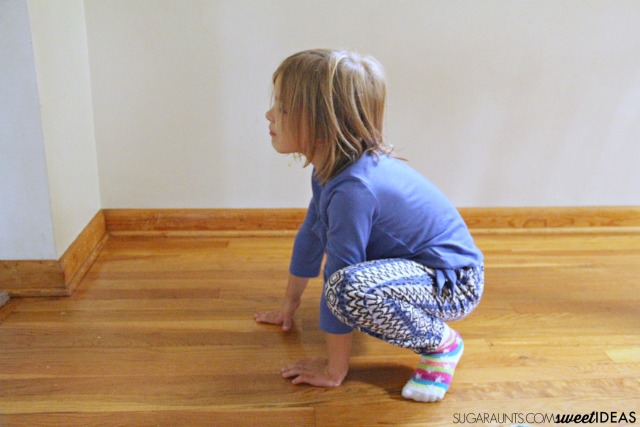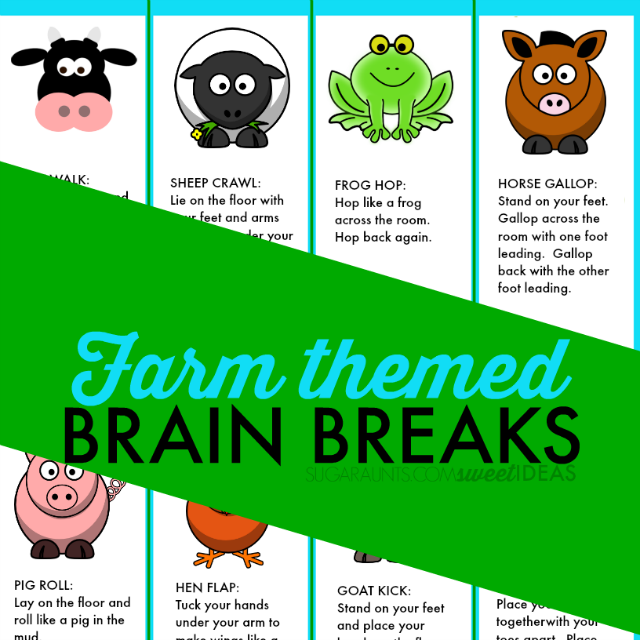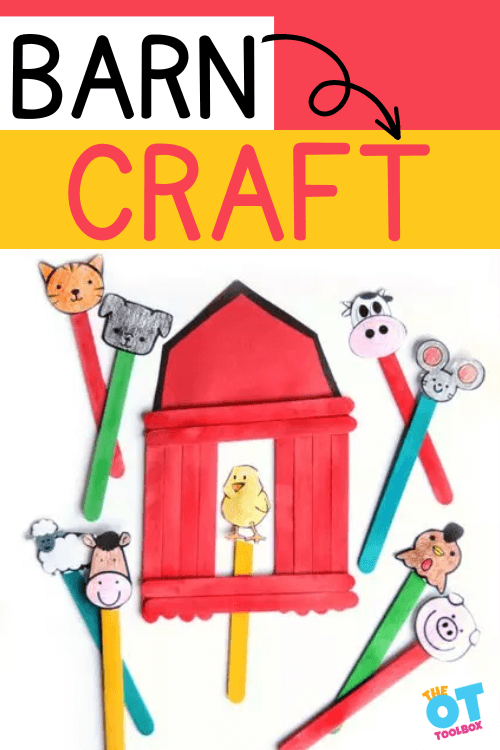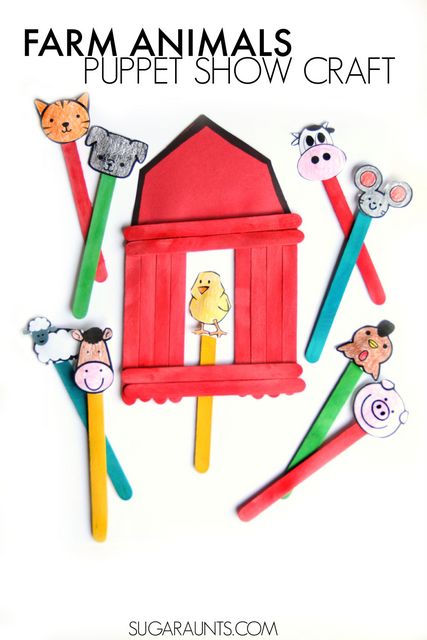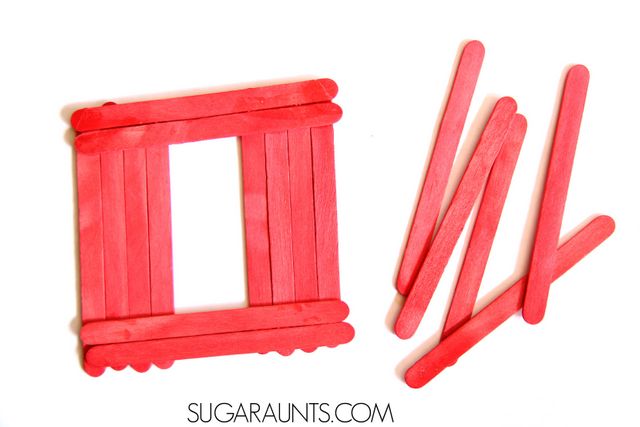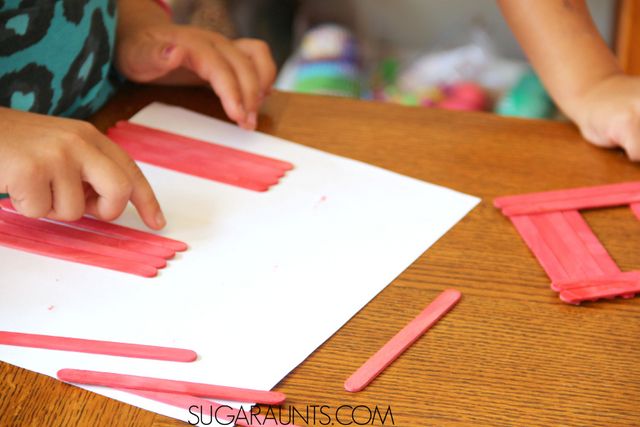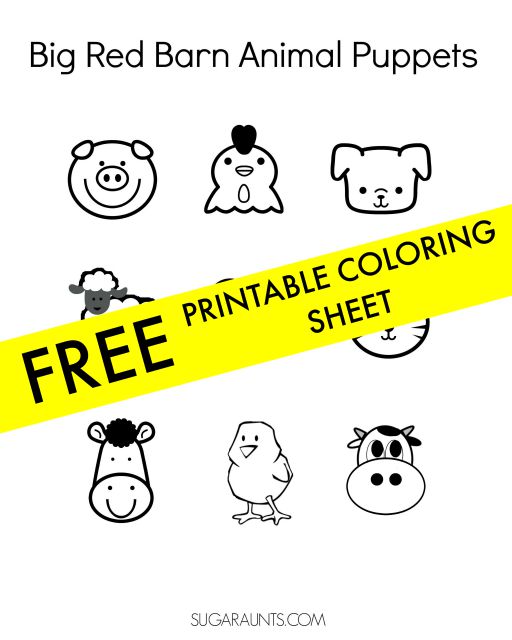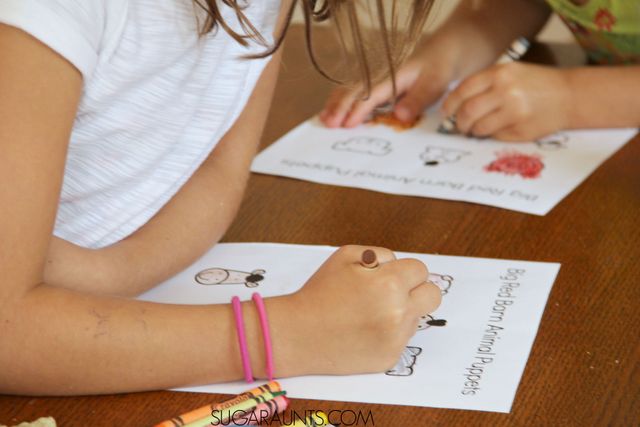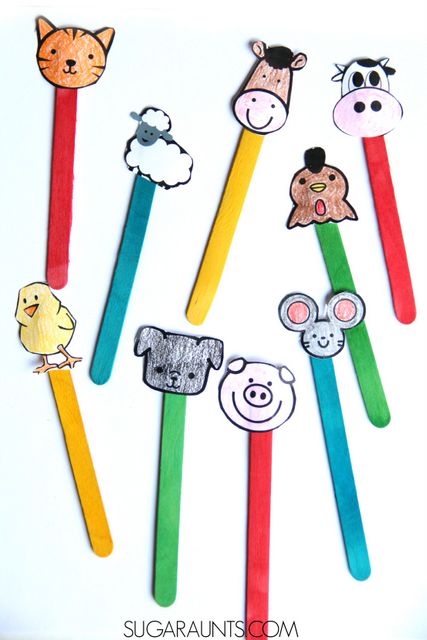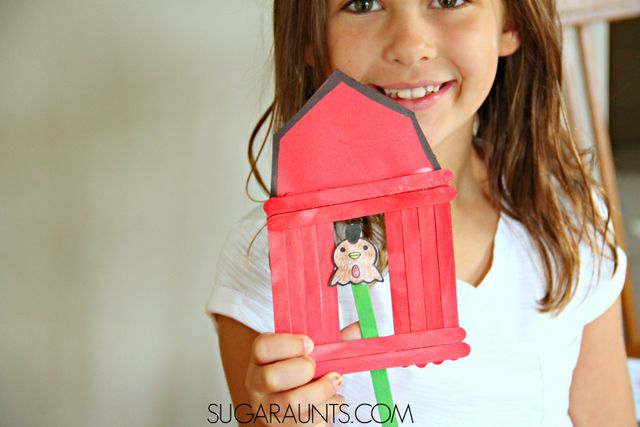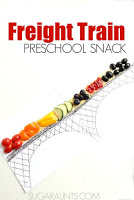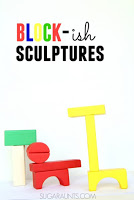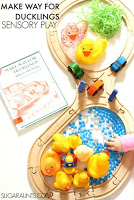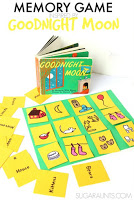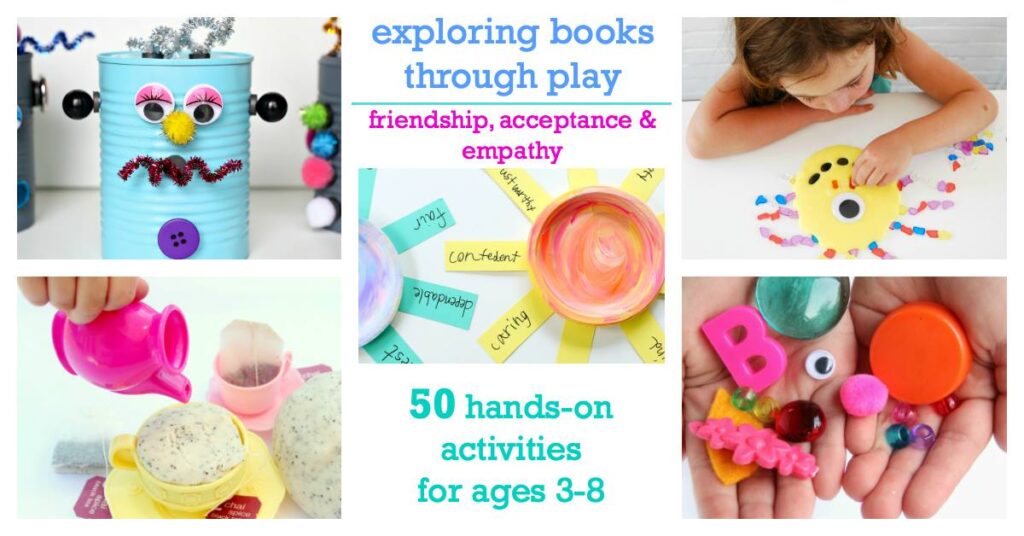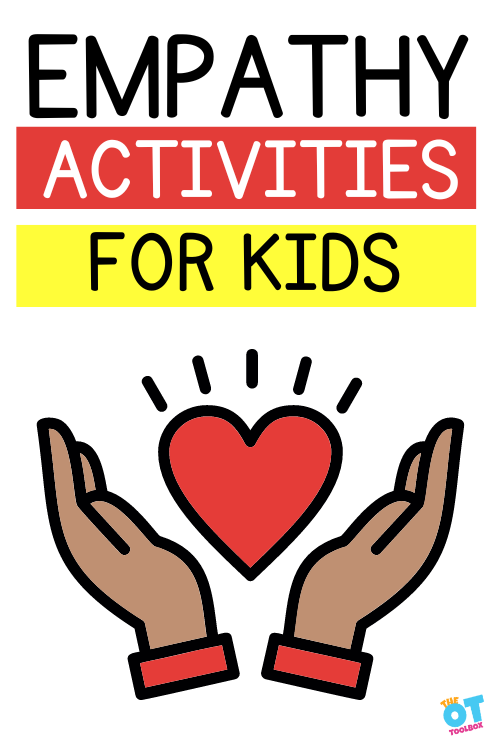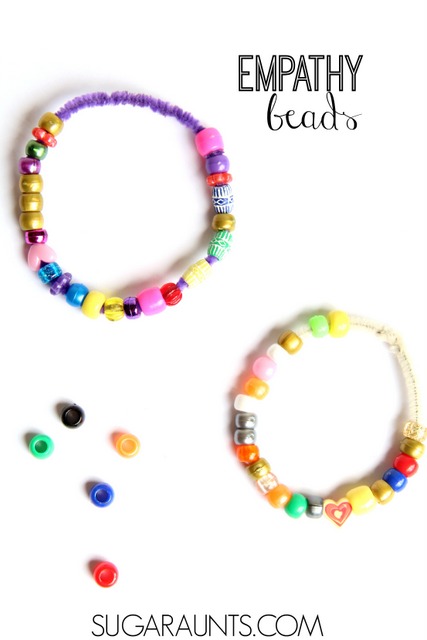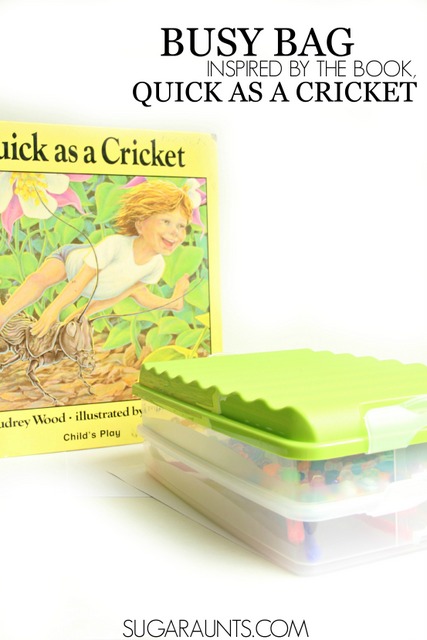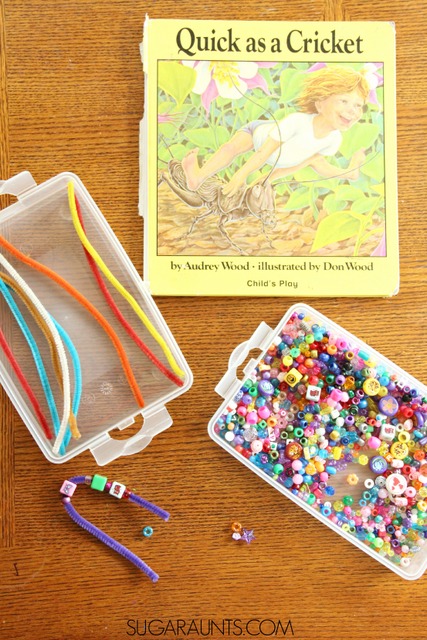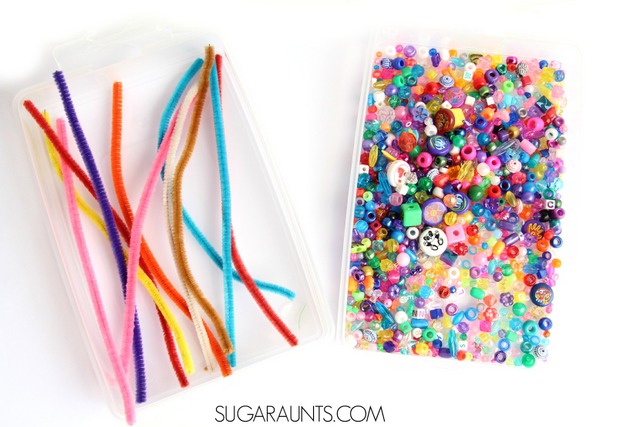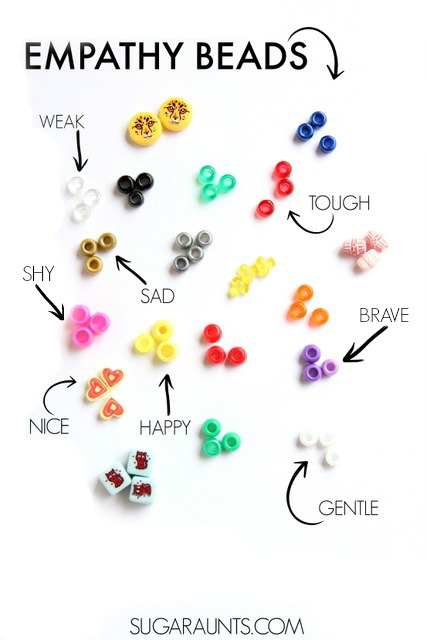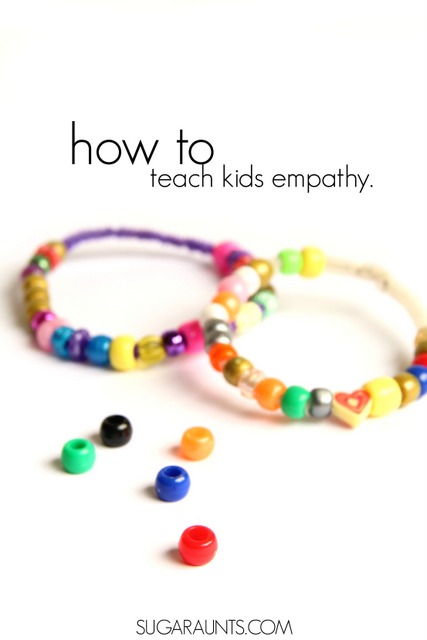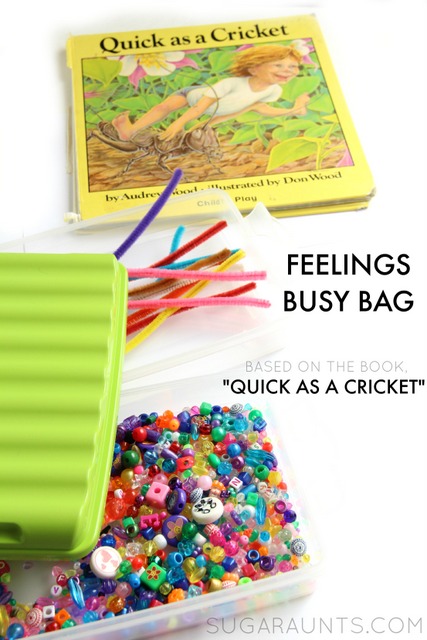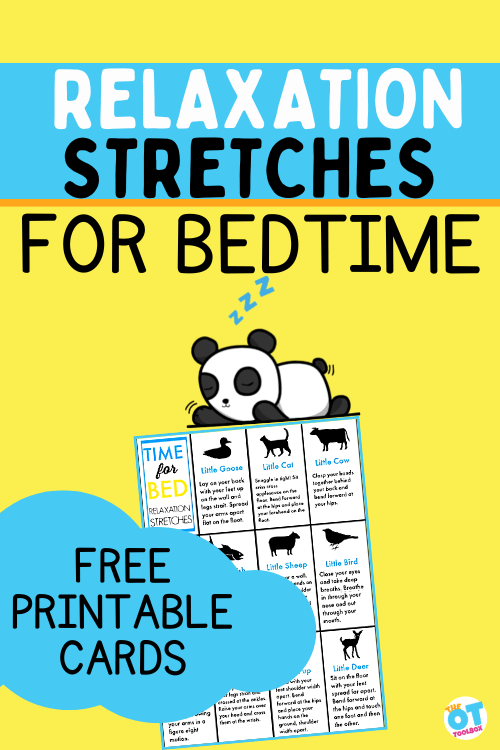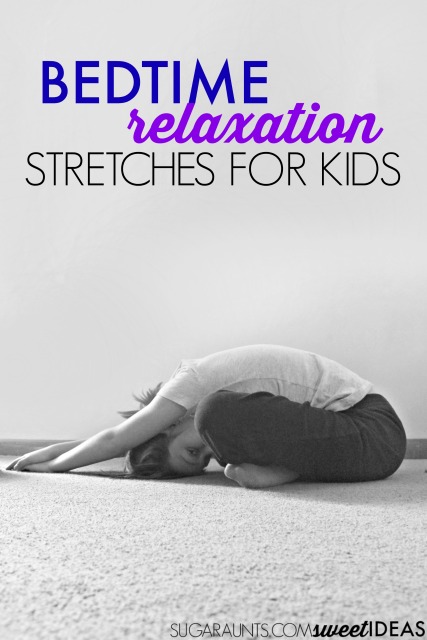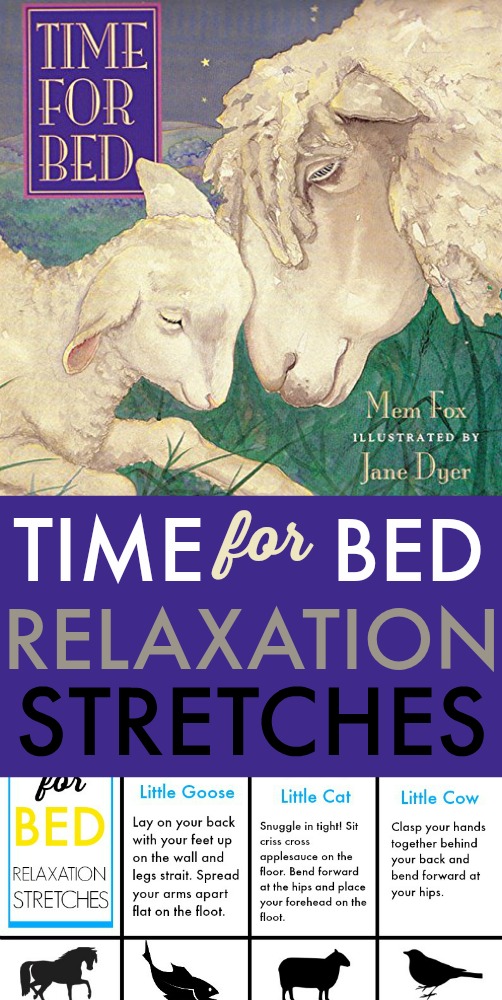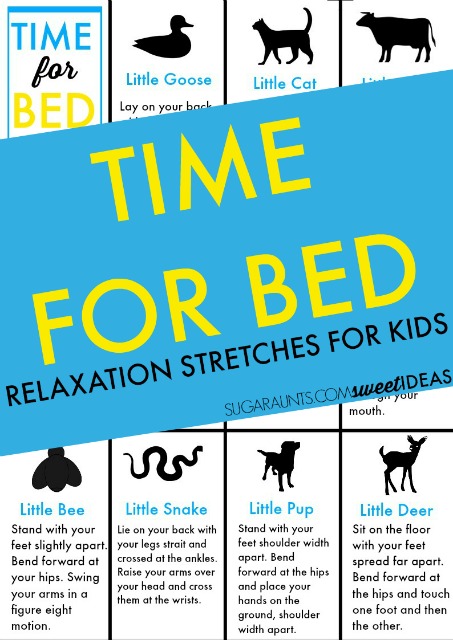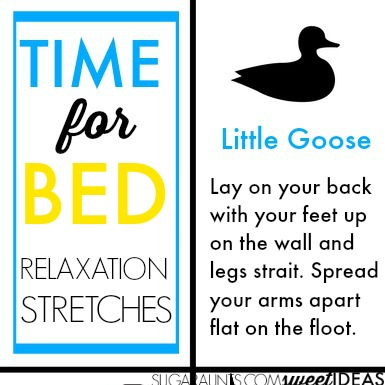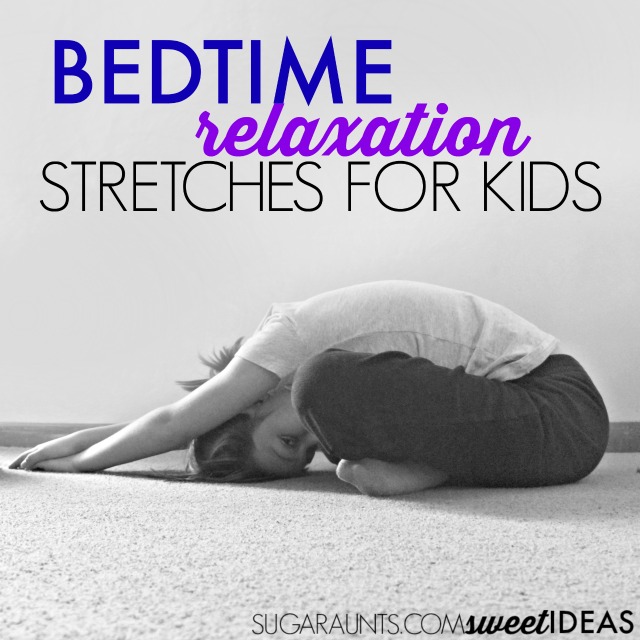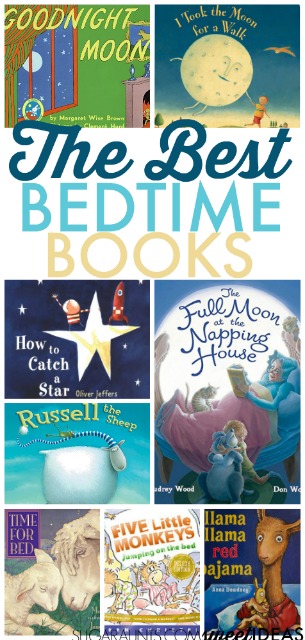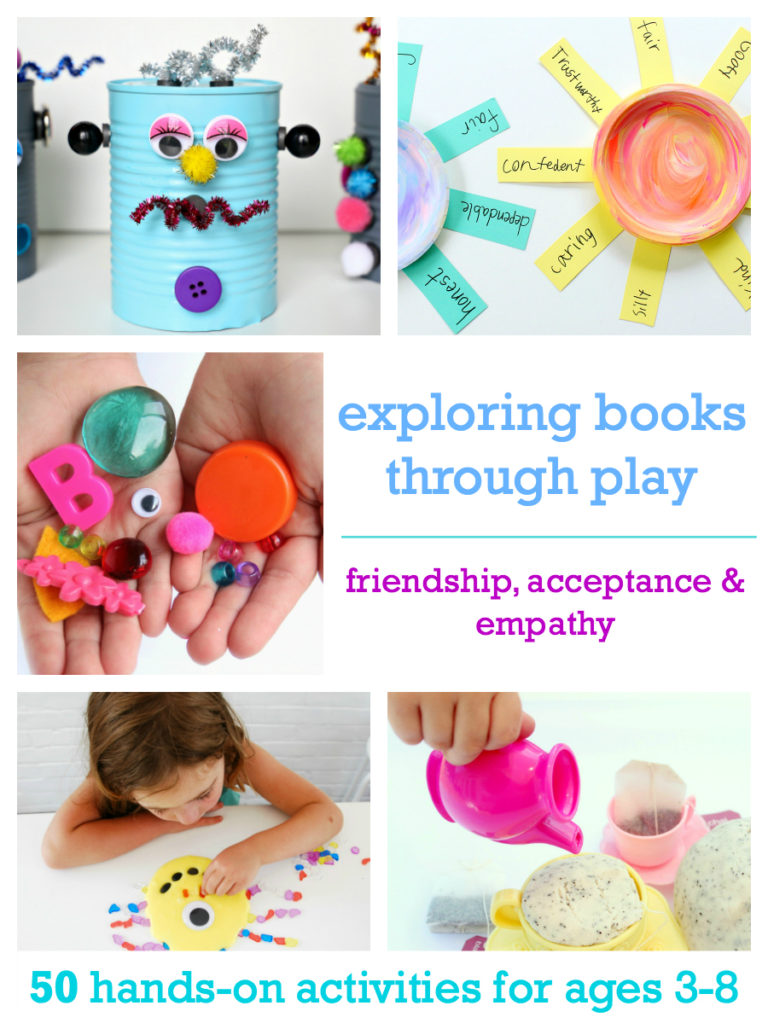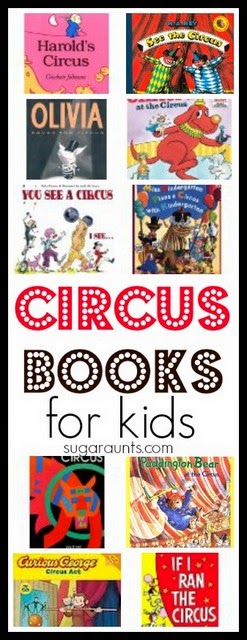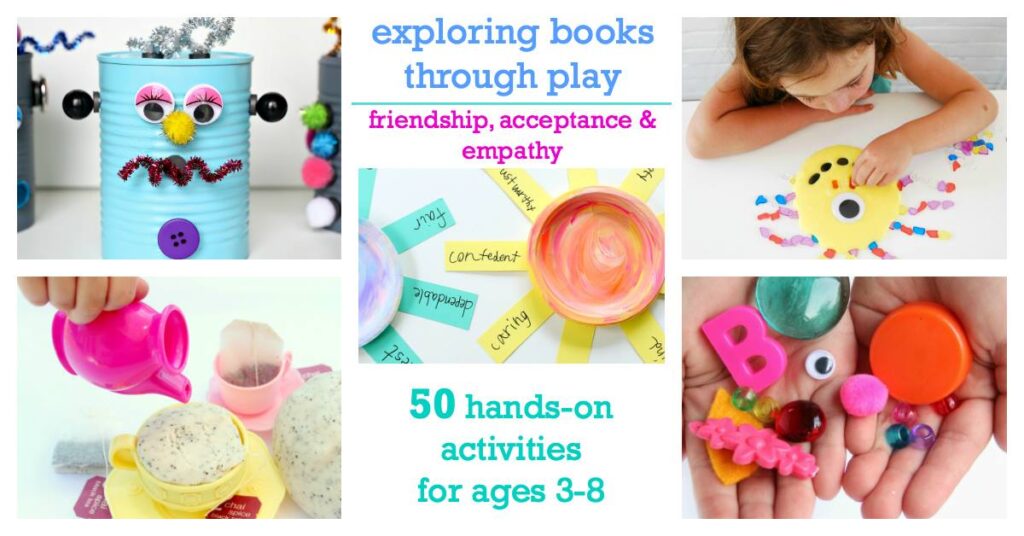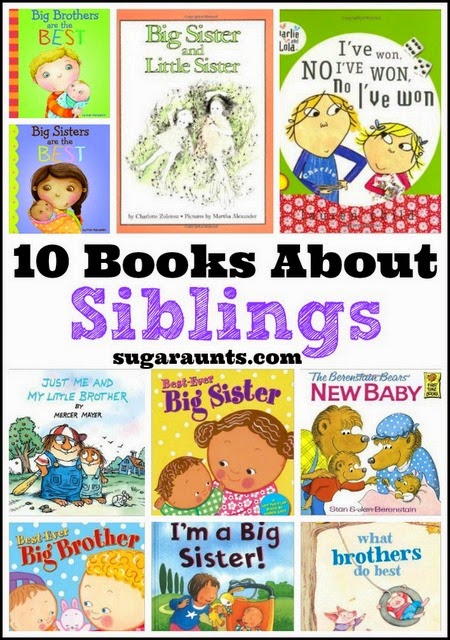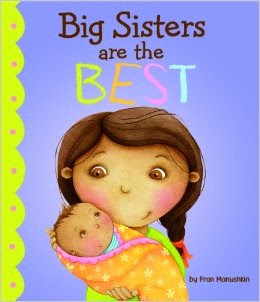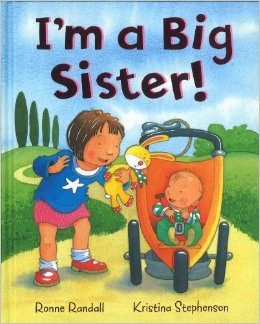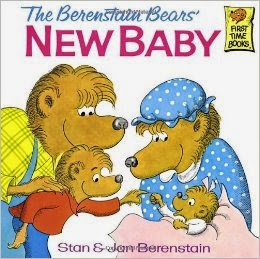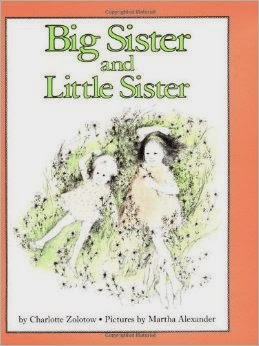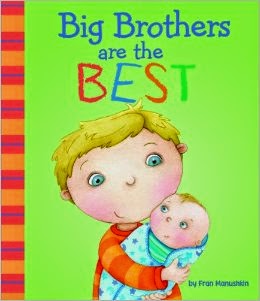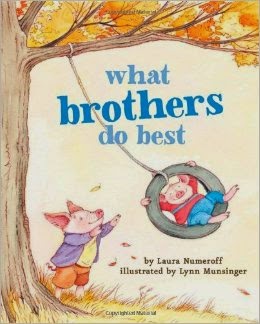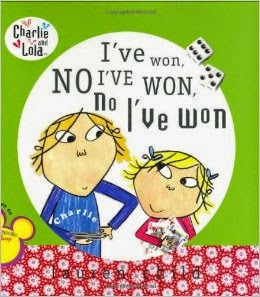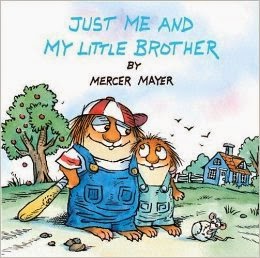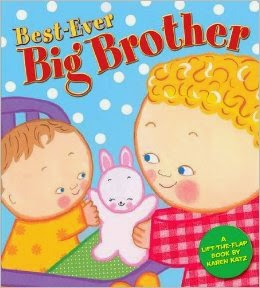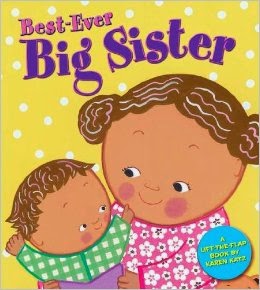If you have kids, you probably have heard of the dinosaur game on Google where a click of a button sends a T-Rex running across the screen. However, we have a dinosaur game that challenged active movement, balance, and gross motor skills. This dinosaur game is a huge hit among kids. It’s a movement-based dinosaur activity that kids of all ages love. If you are looking for creative dinosaur games to use in therapy, at home, or in the classroom, then be sure to add this dinosaur game for kids to your list!
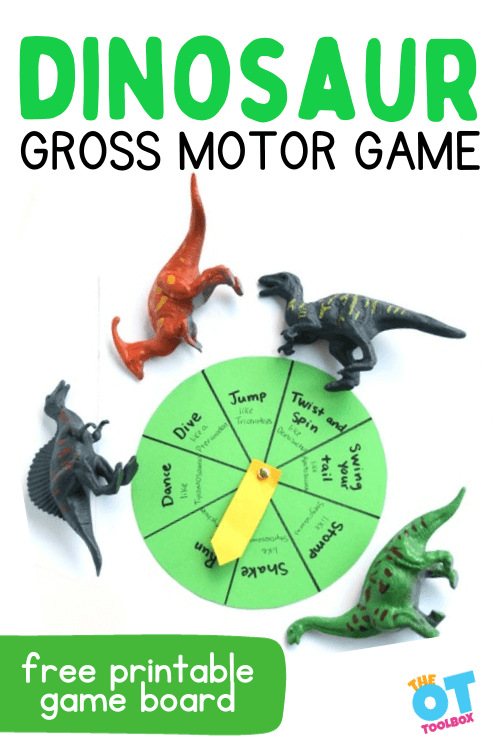
Use the dinosaur game below along with these dinosaur exercises and other dinosaur themed activities in therapy sessions. You can even incorporate handwriting and visual motor skills into dinosaur games with this printable dinosaur visual perception worksheet.
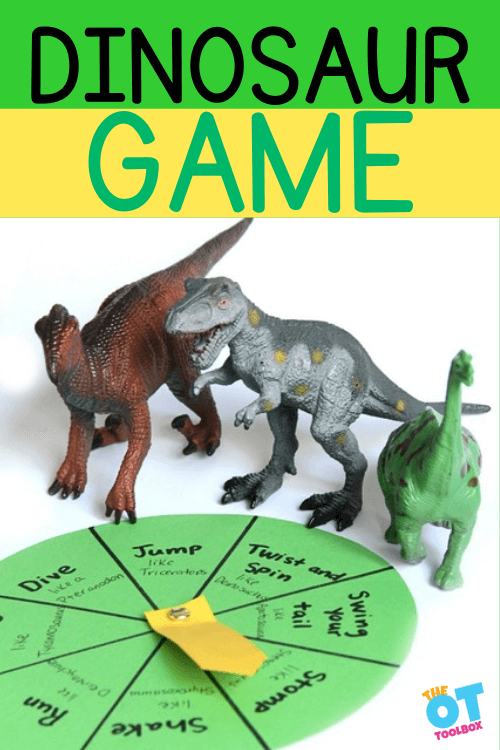
As an Amazon Influencer, I earn from qualifying purchases.
Dinosaur Game
The dinosaur game described below is an older blog post here on the website, but it’s a gross motor activity that is well-loved for many reasons.
There is just something about the stomping and roaring of a dinosaur game that takes me back to my own kids at their preschool ages! This is an older post here on The OT Toolbox, but one that is one of my absolute favorites.
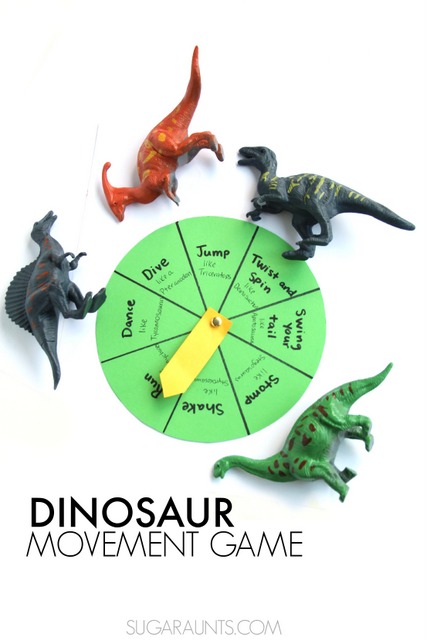
We read the dinosaur book, Dinosaurumpus by Tony Mitton…and created a fun dino game that the kids loved! Our dinosaur movement game inspired tons of giggles and wiggles as we moved our way through this book with a gross motor activity!
The gross motor coordination tasks and motor planning skills make this dinosaur game the perfect addition to dinosaur physical therapy and dinosaur occupational therapy themes.
When kids play this dinosaur movement game, they build skills in areas such as:
- Eye-hand coordination
- Balance
- Whole body coordination
- Crossing midline
- Position changes
- Heavy work input
- Proprioceptive input
- Vestibular input
- Visual scanning and visual processing skills
The specific activities in the game allow kids to develop skills such as hopping, jumping, twisting, stomping, and other gross motor tasks.
How to Play the Dinosaur Game:
We’ve included Amazon affiliate links in this post for the book and items you’ll need to create the DIY Dinosaur game.
Have you read the book, Dinosaurumpus!? (affiliate link) This is a book that is sure to get the kids moving with it’s loud and active rhymes as the dinosaurs dance an irresistible romp.
Using this book and the game you’ll find here together is a great dinosaur game for toddlers and preschoolers to address listening skills, comprehension, and regulation through movement and play.
My kids couldn’t help but move and groove as I read them the story. We had to make a movement gross motor game to go along with the book!
We talked about the fact that dinosaurs have big feet and big bodies that sometimes move too fast in the space around them.
This is a great lesson on body awareness that kids can relate to while developing balance and motor planning skills!
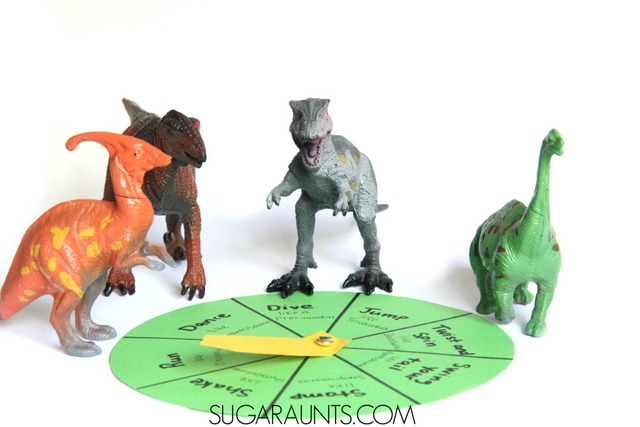
How to make the Dinosaur Game
You’ll need just a few items to prepare the dino game for use in therapy or at home:
- Dinosaur printable below
- Cardstock or cardboard
- Brad to attach the spinner
- Mini dinosaur figures
To make the spinner for the dinosaur game:
- Make this game easily using our free printable for the game board. We listed out the dinosaurs in the book and the actions they did.
- These went onto a game spinner that I made on card stock. (affiliate link)
- We used dinosaur figures for part of our movement game. These ones (affiliate link) are a great deal!
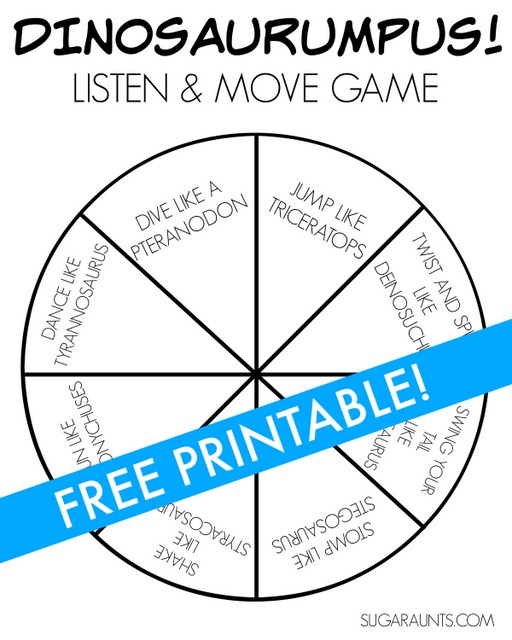
Dinosaur Game Printable
To play the dinosaur movement game:
This is a dinosaur movement activity for preschool and older aged kids. Use in in the classroom or home as part of a story and reading activity, or use it as a dinosaur brain break in the classroom.
First print out the free printable. You’ll also want the game rules for easy play and the spinner piece.
- Print your printable on card stock (affiliate link) OR you can use regular printer paper for the game board, but the arrow won’t spin as well. You may want to print the game spinner on paper and then glue to cardboard for more sturdiness during (active) play. Make your game board and ensure the arrow spins using a brass fastener (affiliate link).
- One player hides the dinosaur figures (affiliate link) around the room or outdoor play area.
- The first player spins the arrow and reads the action. He or she then races off to find one of the hidden dinosaurs.
- When she finds a dinosaur, she races back and performs the action.

There will be shakes, stomps, jumps, and TONS of giggles with this gross motor activity!
We loved this game activity for it’s gross motor action. It would be a great activity for rainy day fun or indoor play when the kids need to get the wiggles out. Racing off and remembering the action they must perform requires a child to recall auditory and visual information necessary for so many functional skills.
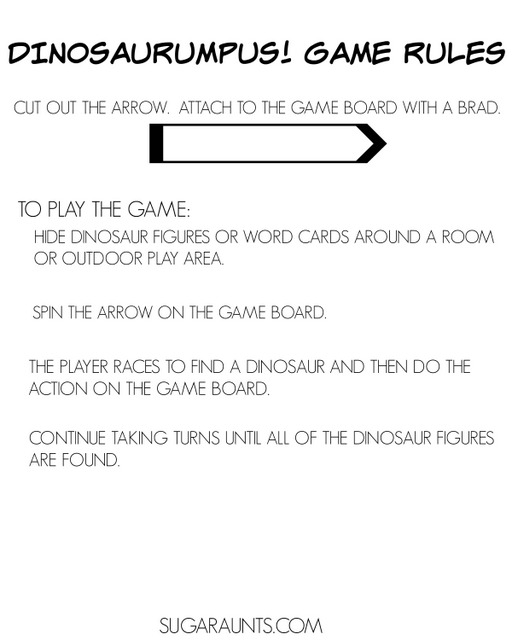

We hid the dinosaurs in all sorts of fun spaces in the house.

The dinosaurs in the book, Dinosaurumpus! (affiliate link) move a lot! Get ready for stomping, shaking, diving, dancing, running, jumping, twisting, and spinning!

My kids love any kind of scavenger hunt game and this one, with its movement portion, was a HUGE hit!
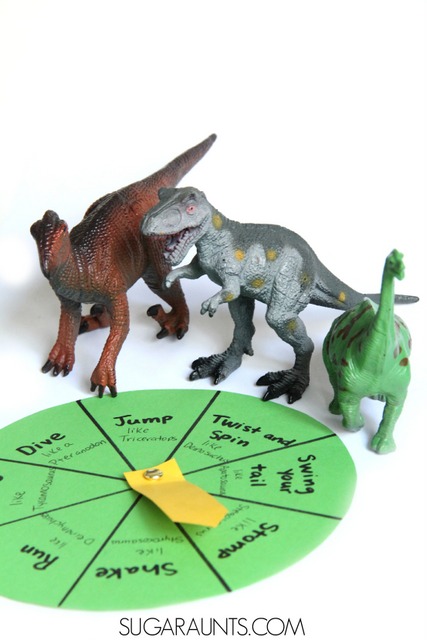
Gross motor skills are important to develop through play. It’s essential for attention and focus to build core body strength.
More Gross Motor Games
Looking for more ways to work on gross motor skills like core strength and proximal stability for improved attention and distal mobility?
Some more of our favorite gross motor activities that you will love:
- Crossing Midline March
- Brain Gym Bilateral Coordination
- Gross Motor Apple Tree Balance Beam
- How Balance Beams Help Kids
- Core Strength and Attention
If you are looking for more dinosaur activities for kids, be sure to check out our Dinosaur Jacks activity to promote more motor skills, and our Dinosaur visual perception worksheet to work on visual perceptual skills.

dinosaur gross motor activities
Want to use our dinosaur games in your therapy sessions with a dinosaur theme? We’ve pulled together a few dinosaur gross motor activities that you can use to target gross motor skills and development of skills.
Here are some dinosaur-themed gross motor activities that kids will love…In The Member’s Club, you’ll find a dinosaur therapy theme, with printable handouts, worksheets, crafts, and writing pages. Use them along with these ideas!
- Dinosaur Stomp: Have children pretend to be dinosaurs and stomp around like mighty T-rexes or long-necked sauropods. They can make dinosaur noises and use their arms and legs to imitate the movements of different types of dinosaurs.
- Dino Obstacle Course: Set up an obstacle course with dinosaur-themed challenges. Children can crawl under “dinosaur caves” (tables or chairs), jump over “lava pits” (hula hoops or cushions), and navigate through “swamps” (pools of pillows or cushions).
- Fossil Hunt: Hide dinosaur-themed toys or fossil replicas around a designated area. Children can search for the fossils, using their gross motor skills to move around, crawl, and reach for hidden treasures.
- Dino Dance Party: Play lively dinosaur-themed music and encourage children to dance and move their bodies like dinosaurs. They can stomp, sway, and wiggle to the rhythm, pretending to be different types of dinosaurs.
- Dino Relay Race: Divide children into teams and set up a relay race. Each team member can carry a toy dinosaur or a picture of a dinosaur as they run or hop from one point to another, passing the dinosaur to the next teammate.
- Dinosaur Yoga: Incorporate dinosaur-themed yoga poses into a session. Children can try poses like “T-rex stretch” (standing with arms extended out like T-rex arms), “Dino Egg” (curling up into a ball on the floor), or “Stegosaurus Balance” (standing on one foot with arms extended out for balance).
- Dino Limbo: Set up a limbo stick or a dinosaur-themed rope and have children take turns bending backward to go under it, pretending to be dinosaurs crouching or ducking under obstacles.
- Dino Footprints: Place large cutouts or drawings of dinosaur footprints on the floor. Children can follow the footprints, jumping from one to another, and imitating the movements of different types of dinosaurs.
- Dino Toss: Set up targets with dinosaur pictures or cutouts and have children throw soft dinosaur toys or bean bags at the targets, aiming for accuracy and coordination.
- Dino Parade: Lead a dinosaur parade where children can march or walk around, following a designated path, while carrying or wearing dinosaur-themed props or costumes.
We wanted to touch on the skills that you can develop by playing a version of this dinosaur game, depending on the individual needs of the child you are working with in therapy sessions, or at home.
Dinosaurs have captivated the imagination of children and adults alike for generations…and many kids are fascinated by dinos of all types! That’s what makes this dinosaur therapy game a hit. You can develop specific skills with a fun dinosaur activity.
Let’s take a look at how you can target enhancement of gross motor skills, balance, visual scanning, endurance, and coordination.
Our featured dinosaur game provides an immersive experience that not only thrills young players but also becomes a valuable tool in the hands of therapists. Let’s delve into the therapeutic benefits it brings to the table.
Dinosarur game Gross Motor Skills
In the world of dinosaurs, movement is key. Players are prompted to engage in activities that encourage reaching, stretching, and crawling, promoting the development of essential gross motor skills.
These movements are fundamental for a child’s overall physical development, making the game a dynamic tool for therapists targeting this aspect.
Mastering Balance
Surviving in the dinosaur era requires a keen sense of balance, right? Kids can play this dinosaur game and challenge skills like balancing on one foot, staying in one position, freeze dancing, and balancing on their tip toes.
The game incorporates elements that challenge players to maintain equilibrium, fostering the improvement of balance skills.
Therapists can leverage these challenges to enhance a child’s ability to control their body’s position, a skill crucial for everyday activities.
Work on grading skills and challenging balance development by targeting more difficult tasks like:
- Single Leg Stance:
- Description: Standing on one foot.
- Purpose: Enhances static balance and weight-bearing control.
- Tree Pose:
- Description: A yoga pose involving standing on one leg with the other foot resting on the inner thigh of the supporting leg.
- Purpose: Challenges static balance and encourages weight shifting and offers proprioceptive input.
- Tip-Toe Standing:
- Description: Rising onto the balls of the feet.
- Purpose: Strengthens the muscles in the lower extremities and promotes ankle stability during daily activities.
- Half Kneel Position:
- Description: Kneeling on one knee while keeping the other foot flat on the ground.
- Purpose: Improves dynamic stability and challenges core strength during functional tasks.
- Squats:
- Description: Bending the knees and lowering the body as if sitting back into a chair.
- Purpose: Targets lower body strength and stability to build base of support and stability during functional mobility.
These activities are tailored to address different aspects of balance and can be adapted based on individual needs and progress. When implementing these exercises, it’s crucial to consider the client’s abilities and gradually progress the difficulty of the activities as their balance improves.
Enhance Visual Scanning
Dinosaurs are not always easy to spot when it comes to pre-historic land! But dinos aren’t the only ones that need to scan their environment.
Visual scanning skills impact learning, reading, social and emotional skills, and practically everything we do throughout our day.
This dinosaur activity supports the development of visual scanning skills as players to search for items, dinosaurs, or clues.
This element contributes significantly to the development of visual attention and scanning skills, addressing therapeutic goals for children with specific needs in this area.
Endurance Skills with Dinosaur theme
Roaming the prehistoric landscape demands stamina just like a T-Rex or Brontosaurus. Certain activities within the game encourage continuous physical activity, contributing to the development of endurance.
This aspect is particularly beneficial for children undergoing endurance training, aligning the game with therapeutic goals for enhanced stamina and managing deferent surfaces.
Try adding an unstable surface during the dinosaur game tasks:
- walk on a gymnastics mat
- walk on a yoga mat
- walk on couch pillows
- create a balance beam using a rolled blanket
- create a floor tape balance beam
Here are other balance beam ideas to incorporate.
Dinosaur Coordination Skills
Navigating the dinosaur world requires precision. The game’s mechanics challenge players with obstacles and control requirements, promoting precise movements and coordination.
Therapists can use these aspects to target coordination skills, crucial for a child’s ability to execute controlled and purposeful movements.
In conclusion, our dinosaur game transcends the realms of entertainment to become a valuable therapeutic tool. By incorporating elements that support the development of gross motor skills, balance, visual scanning, endurance, and coordination, therapists can harness the excitement of dinosaurs to achieve therapeutic goals.
Free Dinosaur Game Printable
Want to play this dino game with kids you work with in therapy or in the classroom? Print off the game pieces using the free printable. Simply enter your email address into the form below to access.
Want to add this resource to your therapy toolbox so you can help kids thrive? Enter your email into the form below to access this printable tool.
This resource is just one of the many tools available in The OT Toolbox Member’s Club. Each month, members get instant access to downloadable activities, handouts, worksheets, and printable tools to support development. Members can log into their dashboard and access all of our free downloads in one place. Plus, you’ll find exclusive materials and premium level materials.
Level 1 members gain instant access to all of the downloads available on the site, without enter your email each time PLUS exclusive new resources each month.
Level 2 members get access to all of our downloads, exclusive new resources each month, PLUS additional, premium content each month: therapy kits, screening tools, games, therapy packets, and much more. AND, level 2 members get ad-free content across the entire OT Toolbox website.
Join the Member’s Club today!

Colleen Beck, OTR/L has been an occupational therapist since 2000, working in school-based, hand therapy, outpatient peds, EI, and SNF. Colleen created The OT Toolbox to inspire therapists, teachers, and parents with easy and fun tools to help children thrive. Read her story about going from an OT making $3/hour (after paying for kids’ childcare) to a full-time OT resource creator for millions of readers. Want to collaborate? Send an email to contact@theottoolbox.com.


